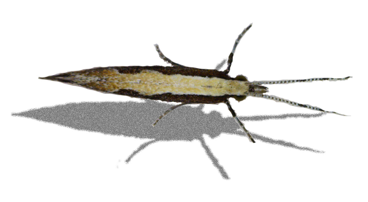May 16, 2012
How and Where To Drop Off Samples for Weed Identification and Herbicide Injury Evaluation 2012
It is difficult to solve a problem without first identifying what is causing it. We recognize that helping people to identify problems is an important part of our jobs and we spend much of our time collecting and analyzing samples. Most of the samples that we receive are for either weed identification or herbicide injury evaluation.
Although there are probably less than 50 common weeds in this region, there are hundreds more that occasionally turn up. We have been identifying weeds for many years but there are few weeks that we don’t see one that we are not sure about. Even the common ones can look significantly different when they are growing in different areas under different conditions. Weeds growing in the irrigated desert can have characteristics that complicate their identification. Annual weeds are normally classified as those that live during the summer or winter and then die. This distinction is often inaccurate in the low deserts of Arizona when weeds that are normally classified as summer annual weeds survive into the winter months under mild winter temperatures and frequent irrigations. It is not uncommon for some summer annual weeds to live for two years as biennials or even longer as weak perennials. Similarly, winter annual weeds can sometimes survive through the summer where they are shaded by a crop and receive frequent irrigations. One of the best resources for identifying weeds is by Joe DiTomaso that is two volumes, 900 pages, contains more than 750 species and is only $80. Click on the next link for more information on Weeds of California and Other Western States.
We also receive many herbicide injury samples and these can be even more difficult to accurately identify. There are more than 100 different active ingredients contained in herbicides used in this region. None of these produces crop symptoms that can’t also be produced by many other factors such as diseases, insects or other pests, nutritional problems, environmental stresses etc. Sometimes symptoms, patterns in the field or herbicide use history make diagnosis easy although often the only conclusive method to identify the problem is chemical analysis. This can be costly and time consuming but we send many samples to laboratories every year.
Processing weed identification and herbicide injury samples are an important part of our responsibilities. You can download the sample ID form or fill it out at the Agriculture Center when you drop samples off. Please let either Barry Tickes or Marco Peña know that you are bringing samples by and we will arrange to receive them. We are currently working on locating a refrigerator for sample drop off when no one is around to receive them.
To contact Marco Pena go to:
marcop@ag.arizona.edu

 To contact John Palumbo go to: jpalumbo@ag.Arizona.edu
To contact John Palumbo go to: jpalumbo@ag.Arizona.edu






